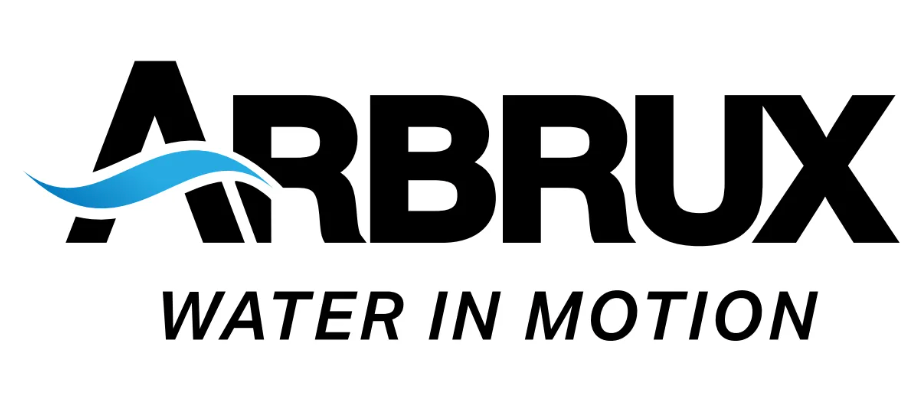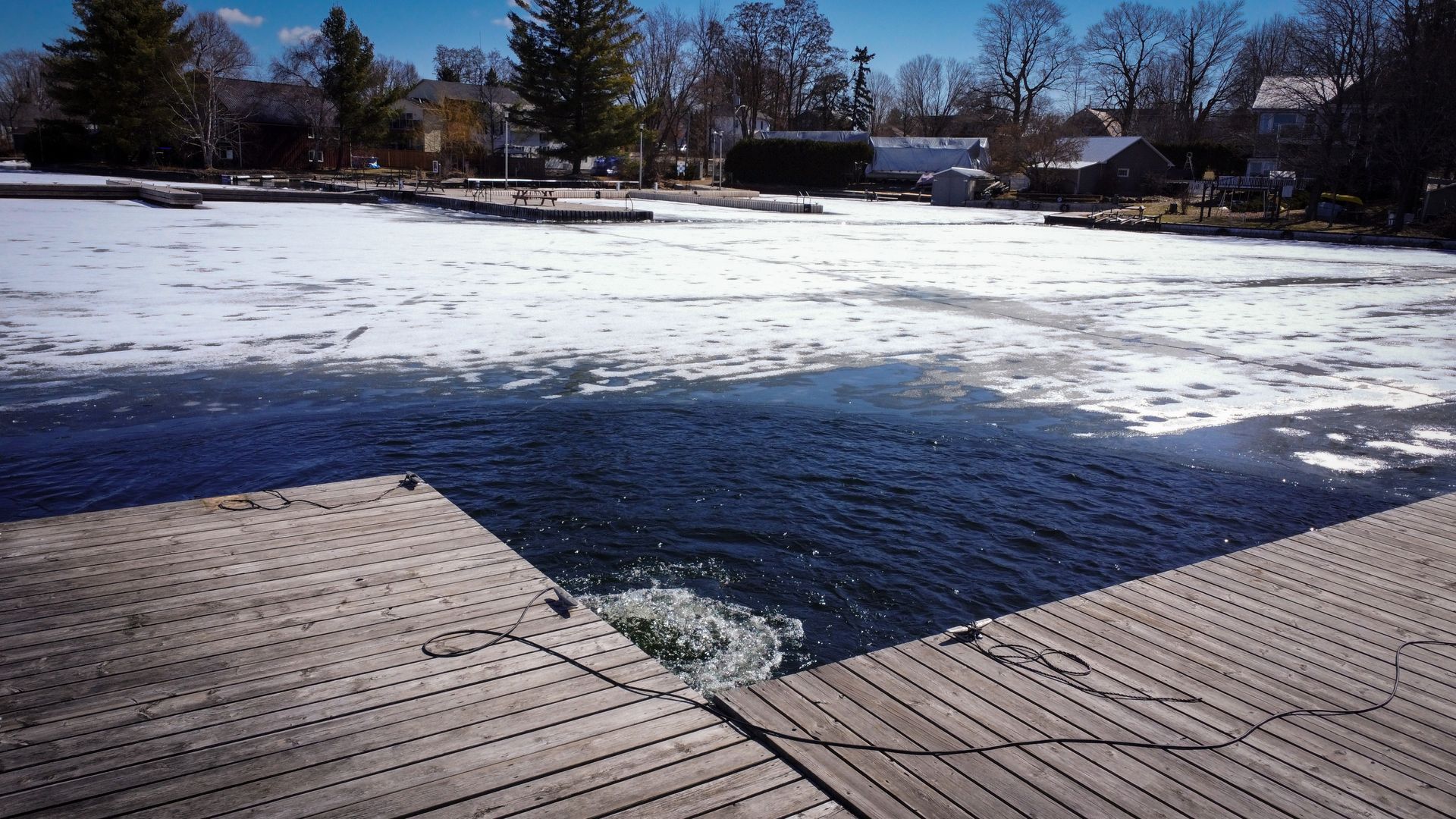How to Choose the Right Size Dock De-Icer for Your Waterfront
Winter water conditions vary across Canadian lakes and rivers, and the right dock de-icer size depends on more than cold weather alone. Shoreline depth, water movement, exposure to wind, and dock configuration all influence how a de-icer performs and how much open water you can maintain.
A well-matched system keeps ice pressure controlled, protects piles and lifts, and supports consistent operation through freeze-ups and thaws. By understanding the factors that affect de-icer performance, you can size your unit with confidence and plan for efficient winter protection.
Below is a practical guide for choosing the correct dock de-icer for your waterfront.
Why Size Matters
A properly sized dock de-icer helps:
- Reduce ice stress on docks, lifts, and pilings
- Maintain open water to avoid expansion damage
- Support consistent performance during deep freezes
- Improve energy efficiency through the season
Key Factors in Choosing the Right De-Icer Size
Water Depth
Depth affects circulation.
- 2 to 6 feet: Often benefits from stronger flow or more than one unit
- 6 to 12 feet: Ideal for most cottage docks
- 12 feet and deeper: Allows wide movement and strong surface influence
Shallow water freezes faster, so it needs enough circulation strength to stay effective.
Dock Layout and Structure
Your waterfront setup determines the coverage you need:
- Single-slip docks: Usually need one properly placed unit to protect the dock footprint and lift area.
- Multi-section dock systems: Multiple angles and walkways can create pockets where ice forms, so positioning is key for consistent flow.
- Lifts or boat houses: Added structure and enclosed water can trap ice, making focused circulation around lift arms and cradle areas important.
- Multi-slip marinas: Several mooring points and wide surfaces often benefit from more than one de-icer to maintain coverage across slips.
Large areas often perform best with two or more units placed to cover key zones.
Water Movement and Exposure
Natural water dynamics help or limit performance.
Consider:
- Sheltered coves and bays: Limited natural movement means water can freeze thicker and faster, so consistent circulation support is important.
- Still inland ponds: Little to no current usually requires a higher flow rate or strategic positioning to maintain open water.
- Open lakefronts exposed to wind: Wind can assist surface movement and help keep water open, though colder gusts may increase freeze potential.
- Channels with natural current: Existing flow can support circulation, often improving coverage and reducing strain on the system.
Still areas typically need added circulation strength or precise placement.
Regional Winter Intensity
Canadian water bodies vary in ice thickness and freeze duration. Lakes in colder regions may need slightly stronger flow to stay ahead of freeze-ups and ice heaving.
Placement Matters
Correct placement is essential.
- Angle downward to draw warm water to the surface
- Adjust depth as ice thickness changes
- Test positioning early in the season
- Keep lines secure to maintain angle and depth
Small adjustments can significantly increase coverage.
When Multiple Units Are Ideal
Using more than one de-icer can offer efficient, consistent protection. Good cases for additional units include:
- Long docks with multiple mooring points
- Boat houses
- Shallow water systems
- Commercial marinas or multi-slip docks
Multiple balanced circulation points are often more effective than pushing a single unit too far.
Always mark open-water zones during winter. This protects skaters, snowmobilers, and others travelling on ice.
For safe winter ice guidelines, visit the
Government of Canada Ice Safety Resource
Explore De-Icing Systems Built for Canadian Winters
Arbrux manufactures de-icers designed for reliable winter operation in a range of waterfront settings.
Browse Arbrux de-icers:
https://www.arbrux.com/product/de-icer
Explore additional Arbrux accessories like mounting kits and timers:
https://www.arbrux.com/products
Available through Superior Systems as well:
https://www.cmsuperior.com/arbrux-inc
Choosing the right size dock de-icer protects your shoreline investment, supports consistent winter performance, and helps prevent ice stress on docks and lifts. With the right depth strategy, placement, and flow strength, you can maintain open water and safeguard your waterfront through the season.






